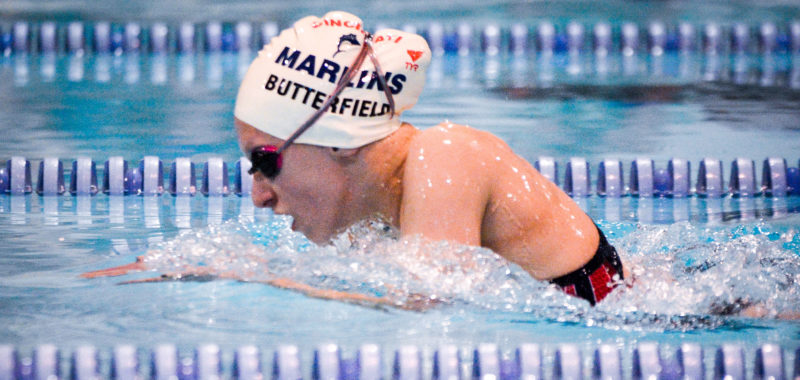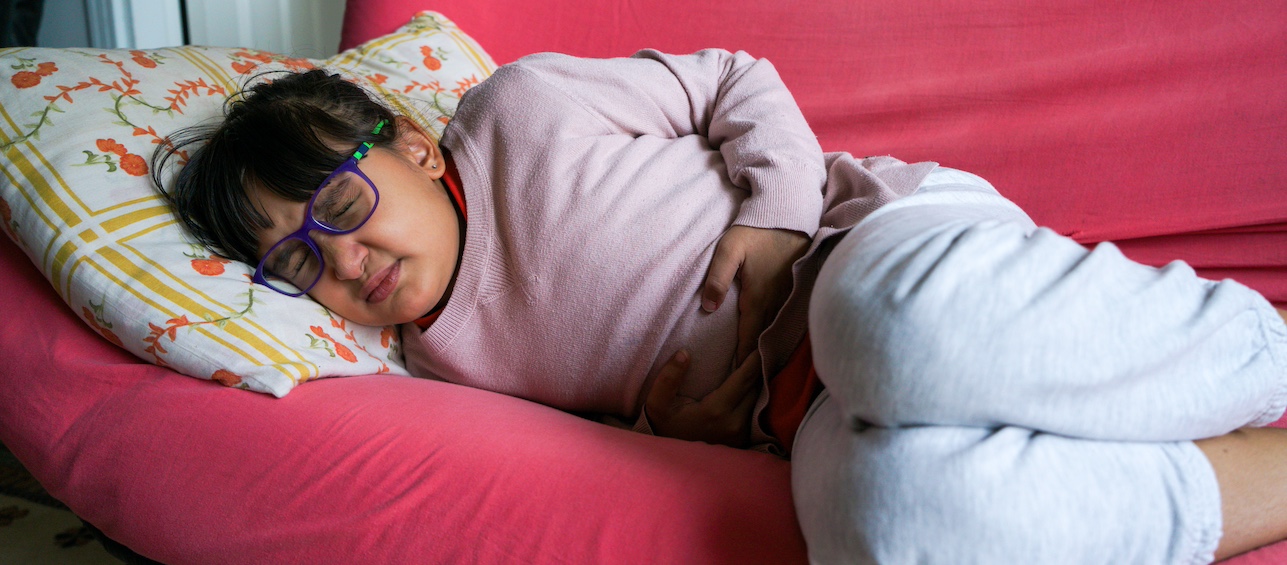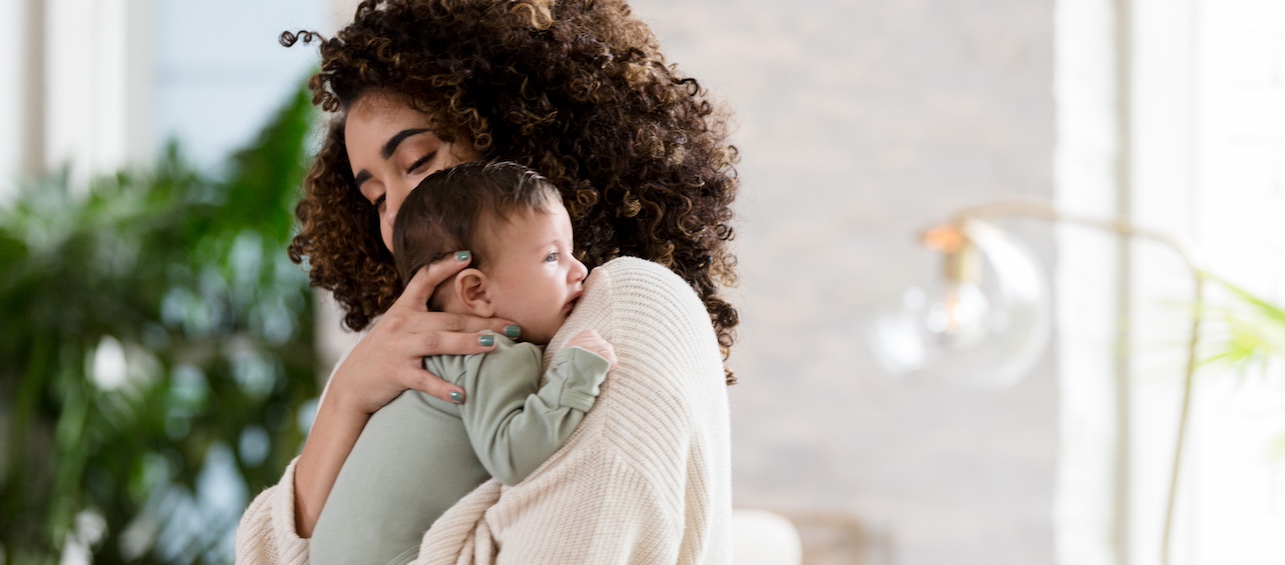“You want a child with a little fire in them…it makes them strong!”
We always kept this in mind when Claudia was a toddler because that fire would get her to try stuff and accomplish things we did not think were possible. It’s a quality has become her biggest asset in dealing with challenges life has thrown her way.
Around age three Claudia began to have episodes of severe stomach pain and vomiting. At age 9 Claudia had an “episode” for more than three weeks. She lost 11 pounds off her tiny frame, was in severe pain and exhausted. Initial diagnosis of constipation led to eight enemas, and rounds of Miralax. She could not eat because of the pain.
However, she went to school and continued swim practice for hours a day, determined compete at a favorite meet. Claudia was so hungry at the meet that she had one bite of a pretzel and began to get sick in the bathroom before her next race. We brought her directly to Cincinnati Children’s Mason Urgent Care. With another diagnosis of severe constipation, we went home. Our wonderful pediatrician was baffled and decided to admit her to Cincinnati Children’s Burnet Campus, a few days before Halloween. Our family would never be the same, but it would be even better, and our journey with Cincinnati Children’s had just begun.
Claudia had pancreatitis, which is inflammation of the pancreas causing severe abdominal pain. We had never heard of pancreatitis but we knew perhaps this what she had been dealing with for years. Two more hospital stays for pancreatitis within the next three months prompted us to request genetic testing. We discovered Claudia has a gene affecting the function of the pancreas and a CFTR gene mutation, a perfect cocktail for pancreatic trouble.
When Claudia was first diagnosed Cincinnati did not have a specialist for pancreatic care – as parents we were scared by what we read on the internet – and we wanted answers. We traveled to another children’s hospital where her gene was discovered. We found that they too had no concrete answer to the million dollar question, why? What causes a flare and how can we stop them, no one could answer it. We still don’t really know, but the team here in Cincinnati is working to find answers.
Pancreatitis has been a blessing for us, not just a challenge. It has taught Claudia to be more flexible. We never know when the next attack will be. Claudia has learned to roll with it as it comes, which has been an important life lesson for a perfectionist child and for parents who like to plan. It has shown us how strong Claudia can be, strong enough to swim at a Junior Olympic state meet silently in pain without knowing she had a blocked, sludge-filled bile duct, and gallbladder attack. However, sometimes as her parents we struggle with when and how to pull her back and to teach her to let us know when she is in pain and to take time to slow down. Now she is realizing the sooner she gets the attack under control, often the less time she will spend in the hospital recovering.
Claudia is tough but knows when she needs to go to the hospital. Once there, she will get her blood drawn quickly to check her amylase and lipase levels. IVs are started immediately to get her the fluid and pain medicine she needs until she can be admitted. She will go a few days without food or drink until her pancreas can handle it and has IV pain medication to keep her comfortable. Hospital stays like this on the A4S floor have become like visiting family. Over the years the staff has watched Claudia grow and has shown her love and compassion in the toughest times.
Cincinnati Children’s now has a Pancreas Care Center and doctors have worked with us to keep Claudia’s quality of life great, whether it was finding out if Claudia could participate in swim practice with her feeding tube (she was probably the first Cincinnati Marlin to train with a feeding tube in), to her nurse Jenny Jacobs helping us during an attack when we were vacationing out of state.
Dr. Lin has been a comfort to Claudia before all of her various procedures: endoscopic retrograde cholangiopancreatography (ERCP), magnetic resonance cholangiopancreatography (MRCP), gall bladder removal and bile duct draining. Claudia is monitored around every six months with an MRCP and an ERCP once a year. We’ve been told that this plan may be modified as her needs change over time. She also has clinic visits a few times a year but we can call Dr. Lin’s team whenever we need them. We recently helped the Pancreas Care Center create a video about the program, which can be viewed here.
The fear of a flare for parents of chronic pancreatitis children is constant. Claudia has around two flares per year on average. Her hospital stays have been as short as a few days to as long as about a month. As a family we have found that living each day with happiness and thankfulness for good health is the best way. Also our continual low fat diet is a big factor for us too!
We are thankful for each healthy day, because that is a bigger success than a qualifying time in a race or an A+ on a test. Claudia and her older sister Morgan have goals to be in the medical profession one day, and we know that the positive experiences at Cincinnati Children’s have fueled their dreams. With all of the challenges Claudia and our family face, we know that they will do everything possible to make them come true!






Diane,
What a beautiful article you have written about Claudia and your family.
You all are an inspiration to each of us and a reminder to never take your health for granted.
Your constant smile and enthusiasm for life is a real gift, thanks for sharing with all of us.
Blessings to Claudia and your family.
Marla